There’s nothing as good as prepping your own garlic sauerkraut. It’s easy to make and in 3-5 weeks this delicious ferment will be ready. Until then, just let it sit on your counter and enjoy the transformation.
Easy Garlic Sauerkraut
This recipe makes 2 quart jars. You can always double the recipe to have more on hand as it can last up to 6 months in the fridge after it’s fully fermented in 3-5 weeks.
Garlic Sauerkraut Ingredients
4 lbs cabbage (½ large green cabbage and ½ large red cabbage)
2 cloves garlic
fine sea salt
water: well, spring, reverse osmosis preferred – if using city water, let water sit in quart jar overnight, uncovered
Supplies Needed
parchment paper
2 medium size bowls
2 quart jars with rings
Canning labels
How to Make Garlic Sauerkraut
Peel outer leaves off of cabbage. Reserve two large green leaves, set aside. Wash cabbages. Slice and chop cabbage, leaving some long strands if you like it this way. Place red and green cabbage in separate bowls.
Sprinkle 1 ½ TBSP salt over each bowl of cabbage. Mix together with your hand or use a pickle packer, massaging the salt into each bowl of cabbage. Squeeze cabbage to help start the brine process and thoroughly mix salt in for several minutes.
Cover bowls with a kitchen towel and let sit for two hours.
Taste the cabbage. Is the salt enough for you? Add more if needed, about ½ tsp at a time.
Chop garlic cloves and add one chopped clove to each bowl of cabbage. Thoroughly mix in. Get in there with your hands, work it in. You should notice a small amount of brine developing in the bottom of the bowl.
Layer cabbage in each jar alternating colors. A canning jar funnel works great for easy filling. Use the pickle packer or a spatula to push and pack the cabbage in firmly.
Pour in any brine from the bowl.
After the final layers of cabbage, top with the reserved pieces of cabbage. Tear and fold so that they fit and completely cover the shredded cabbage.
Place a pickle pebble on top of the cabbage leaf to weigh down the cabbage and keep the vegetables under the brine so they don’t mold.
Cut round circles in your parchment paper, approximately 6” in circumference, and place on top of your jar. Screw the lid onto the parchment paper, leaving it loose.
Place a label on your jar, identifying your ferment, ingredients, and date.
Store the sauerkraut on the counter in an area that is typically between 60-70 degrees Fahrenheit.
Take a look at your sauerkraut every couple of days. Open it, smell it, look for signs of it creating more brine, taste it. Look for any mold growth and remove it. As the brine rises, push down the sauerkraut to pack it in more.
Salt: Fine Sea Salt or Himalayan Sea Salt are preferred for fermenting. Iodized salt will stop the fermenting process as will any caking type salts.
Storing Ferments: Keep the ferments in a cool place between 60-70 Fahrenheit. It does not have to be a dark place. The counter top is fine. I would avoid storing ferments in the basement as they tend to be damp and may have mold spores present.
Recipe
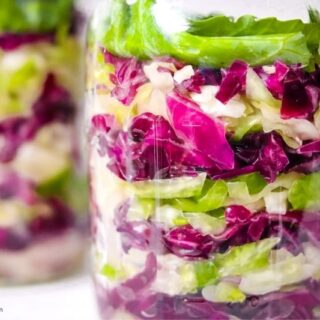
Red and Green Garlic Sauerkraut Recipe
Ingredients
- 4 lbs cabbage. ½ large green cabbage and ½ large red cabbage
- 2 cloves garlic
- fine sea salt
- water: well spring, reverse osmosis preferred – if using city water, let water sit in quart jar overnight, uncovered
Supplies Needed
- parchment paper
- 2 medium size bowls
- 2 quart jars with rings
- labels
Instructions
- Peel outer leaves off of cabbage. Reserve two large green leaves, set aside. Wash cabbages. Slice and chop cabbage, leaving some long strands if you like it this way. Place red and green cabbage in separate bowls.
- Sprinkle 1 ½ TBSP salt over each bowl of cabbage. Mix together with your hand or use a pickle packer, massaging the salt into each bowl of cabbage. Squeeze cabbage to help start the brine process and thoroughly mix salt in for several minutes.
- Cover bowls with a kitchen towel and let sit for two hours.
- Taste the cabbage. Is the salt enough for you? Add more if needed, about ½ tsp at a time.
- Chop garlic cloves and add one chopped clove to each bowl of cabbage. Thoroughly mix in. Get in there with your hands, work it in. You should notice a small amount of brine developing in the bottom of the bowl.
- Layer cabbage in each jar alternating colors. A canning jar funnel works
- great for easy filling. Use the pickle packer or a spatula to push and pack the cabbage in firmly.
- Pour in any brine from the bowl.
- After the final layers of cabbage, top with the reserved pieces of cabbage. Tear and fold so that they fit and completely cover the shredded cabbage.
- Place a pickle pebble on top of the cabbage leaf to weigh down the cabbage and keep the vegetables under the brine so they don't mold.
- Cut round circles in your parchment paper, approximately 6” in circumference, and place on top of your jar. Screw the lid onto the parchment paper, leaving it loose.
- Place a label on your jar, identifying your ferment, ingredients, and date.
- Store the sauerkraut on the counter in an area that is typically between 60-70 degrees Fahrenheit.
- Take a look at your sauerkraut every couple of days. Open it, smell it, look for signs of it creating more brine, taste it. Look for any mold growth and remove it. As the brine rises, push down the sauerkraut to pack it in more.
- Salt: Fine Sea Salt or Himalayan Sea Salt are preferred for fermenting. Iodized salt will stop the fermenting process as will any caking type salts.
- Storing Ferments: Keep the ferments in a cool place between 60-70 Fahrenheit. It does not have to be a dark place. The counter top is fine. I would avoid storing ferments in the basement as they tend to be damp and may have mold spores present.
Nutrition Disclosure
Nutritional facts are estimates and are provided as a courtesy to the reader. Please utilize your own brand nutritional values to double check against our estimates. Nutritional values are calculated via a third party. Changing ingredients, amounts or cooking technique will alter the estimated nutritional calculations.

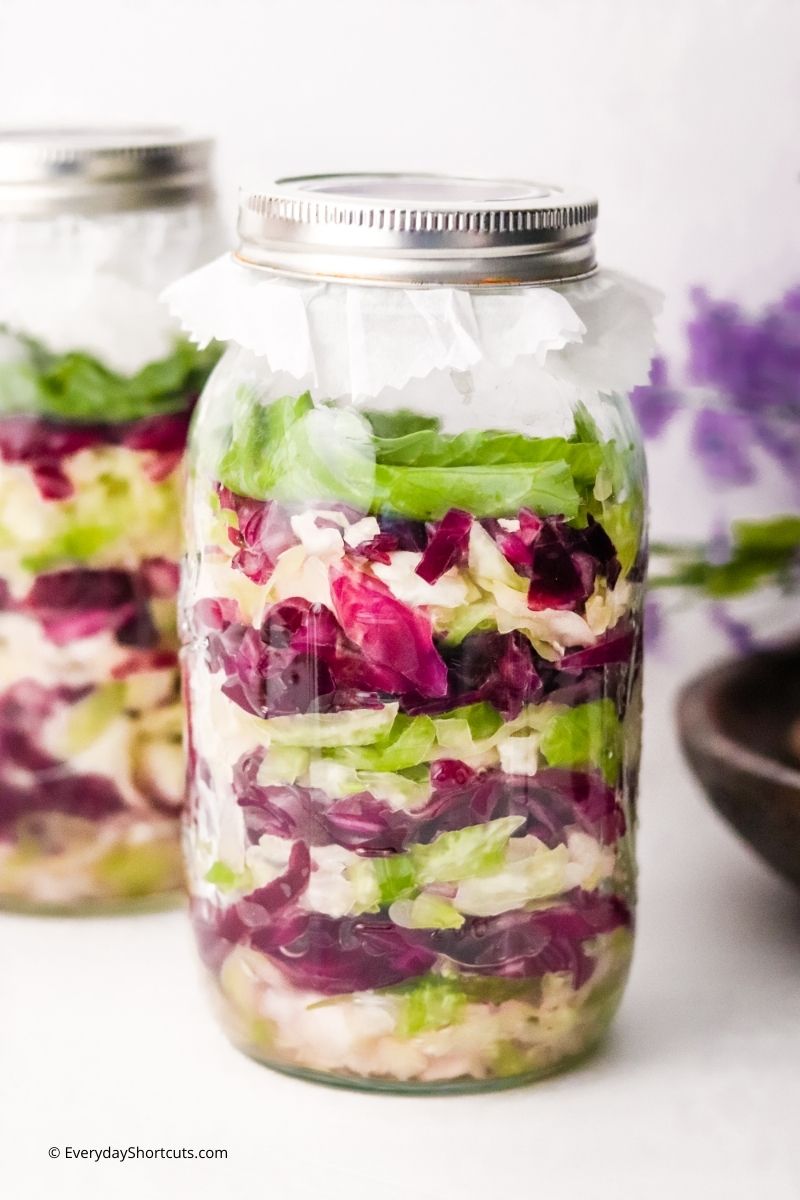
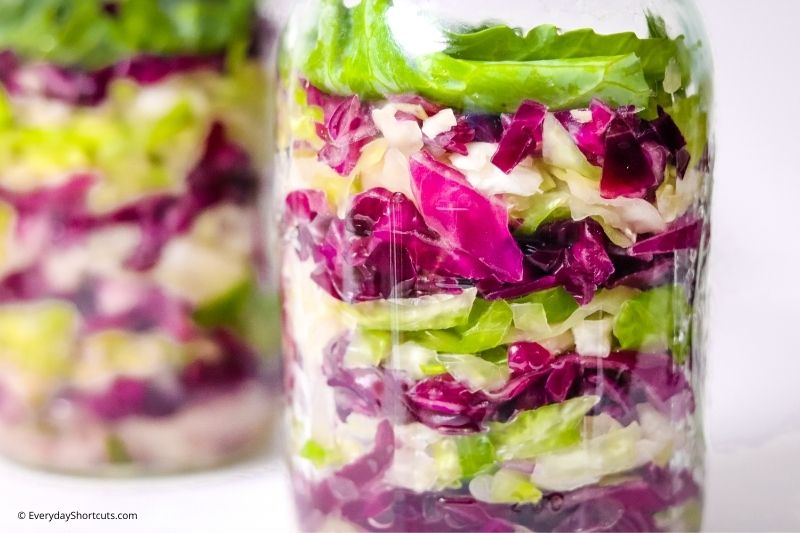
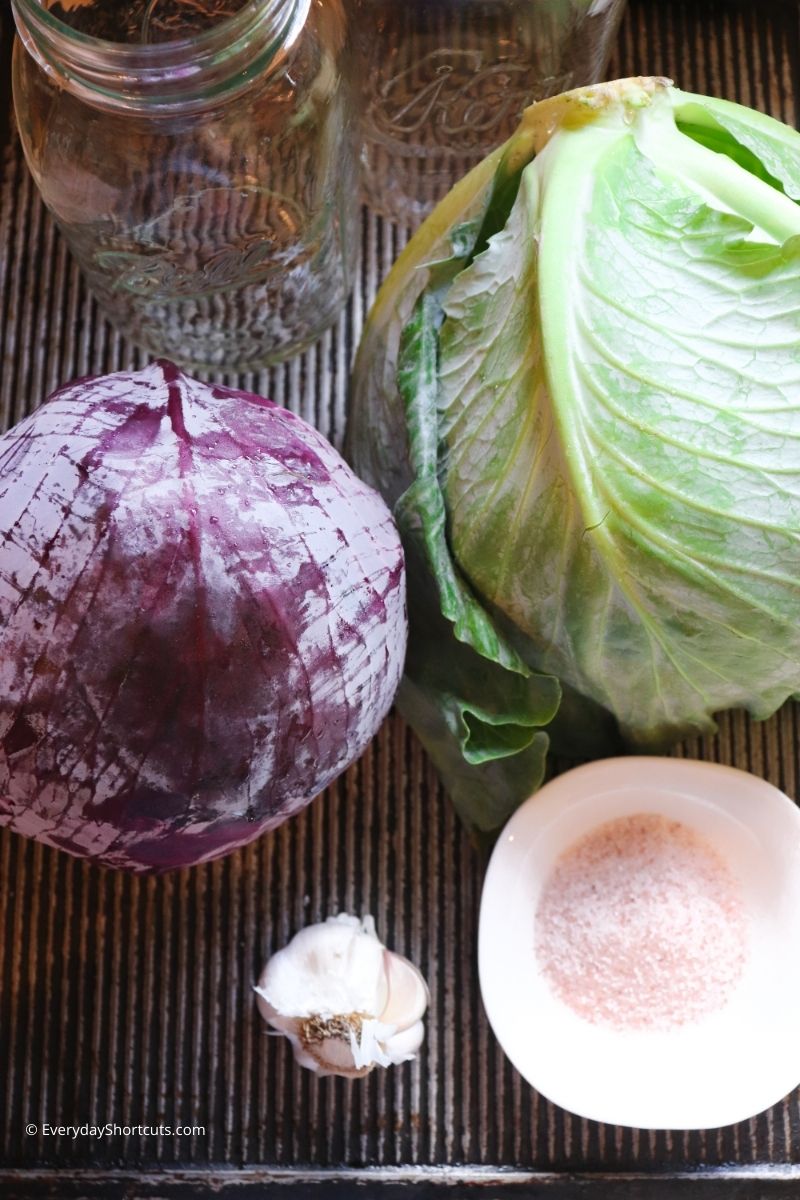

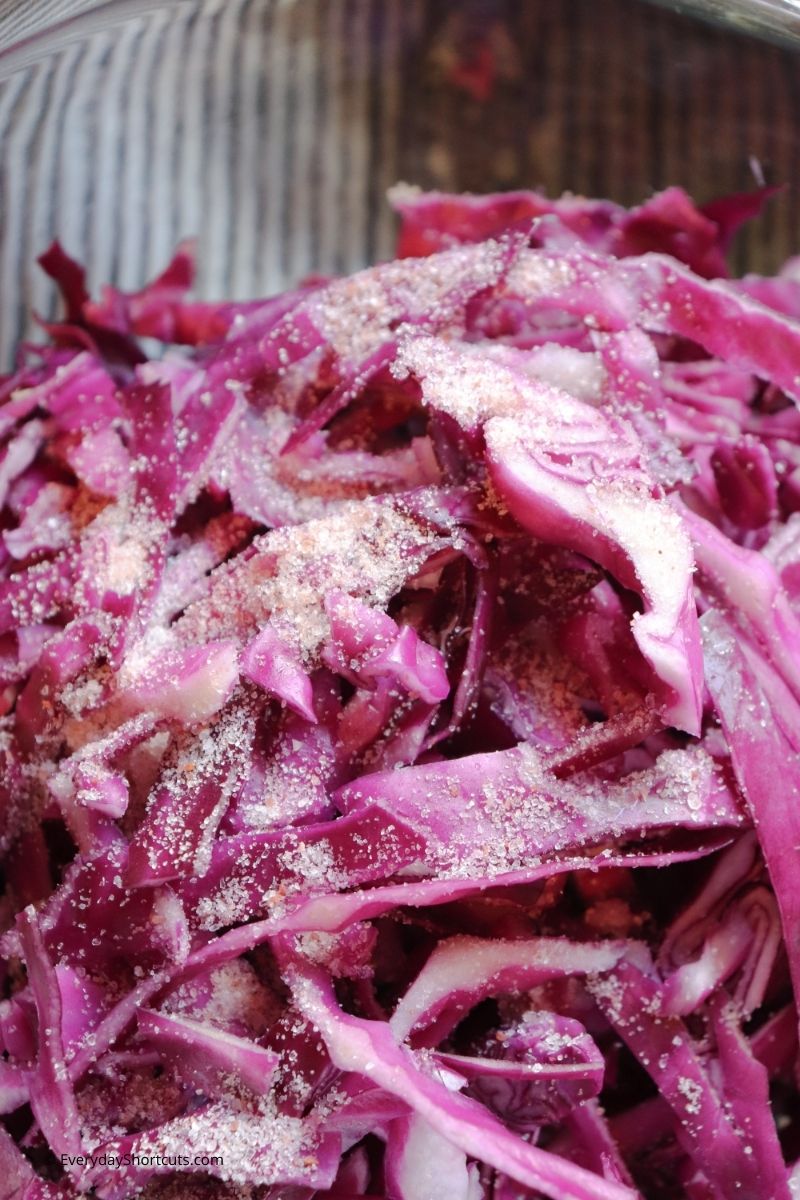
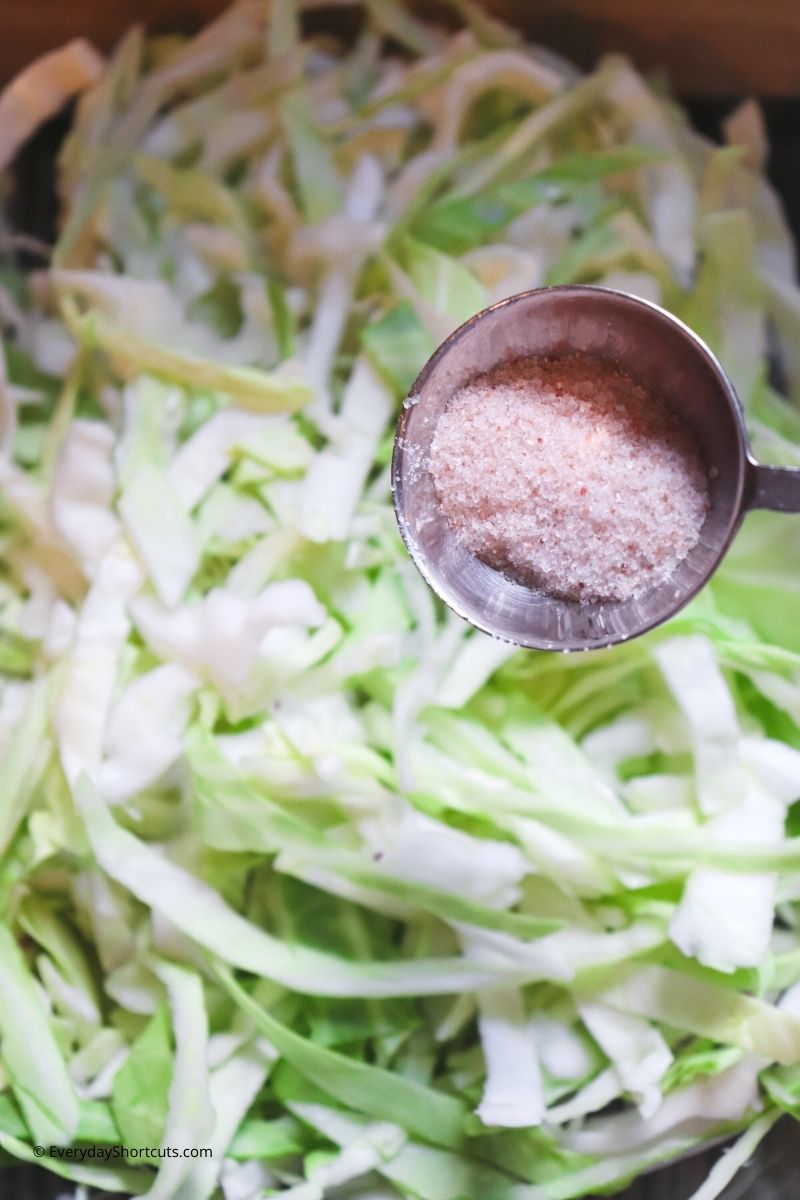
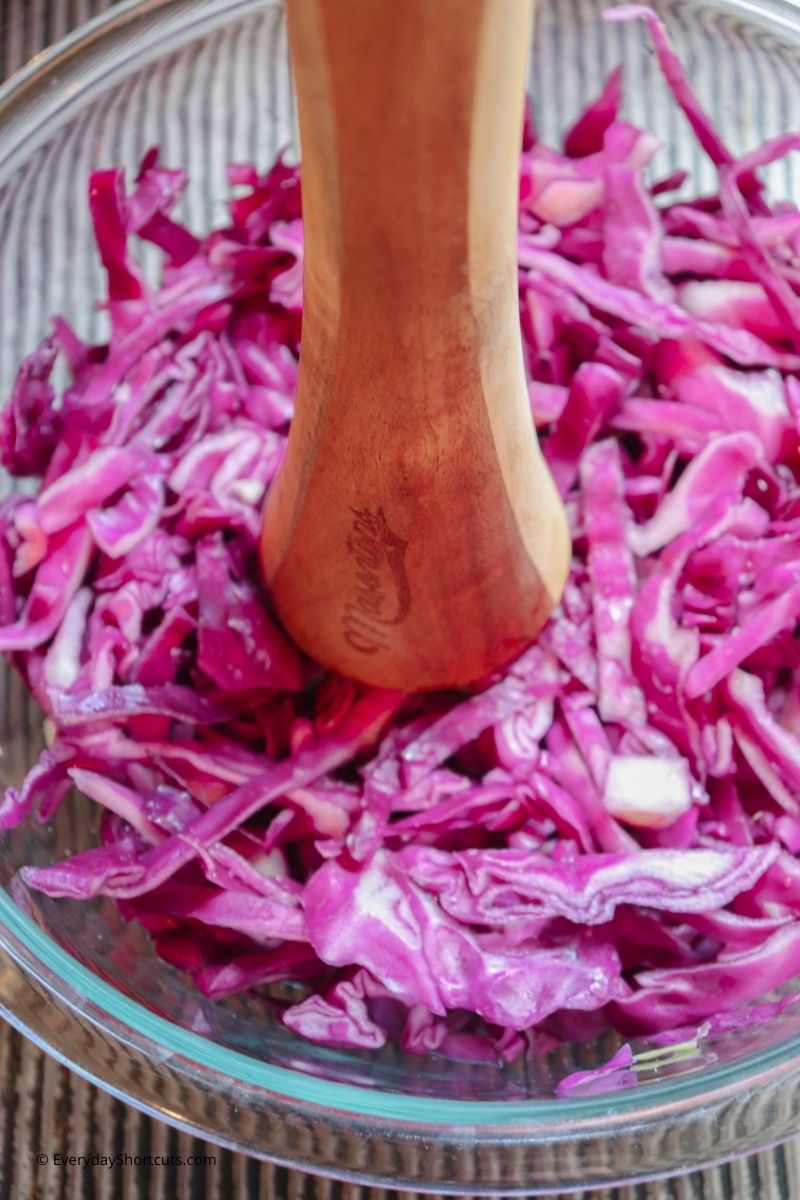
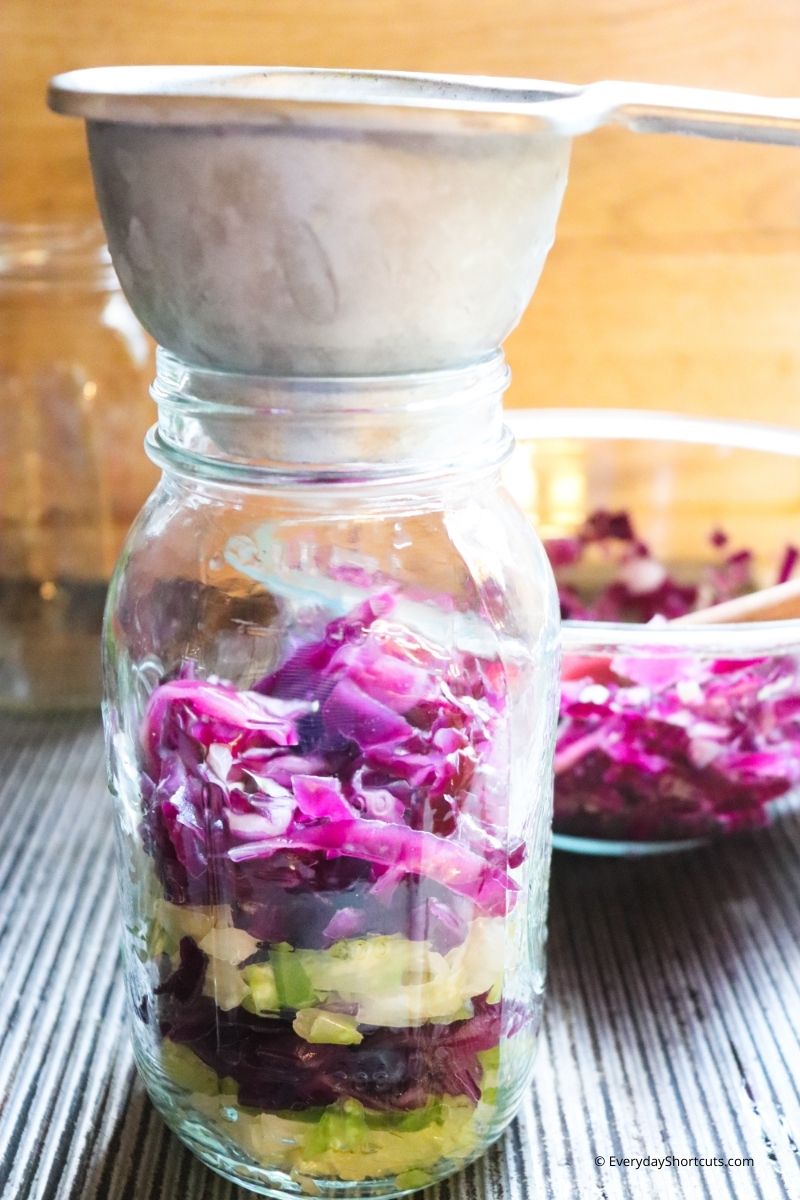
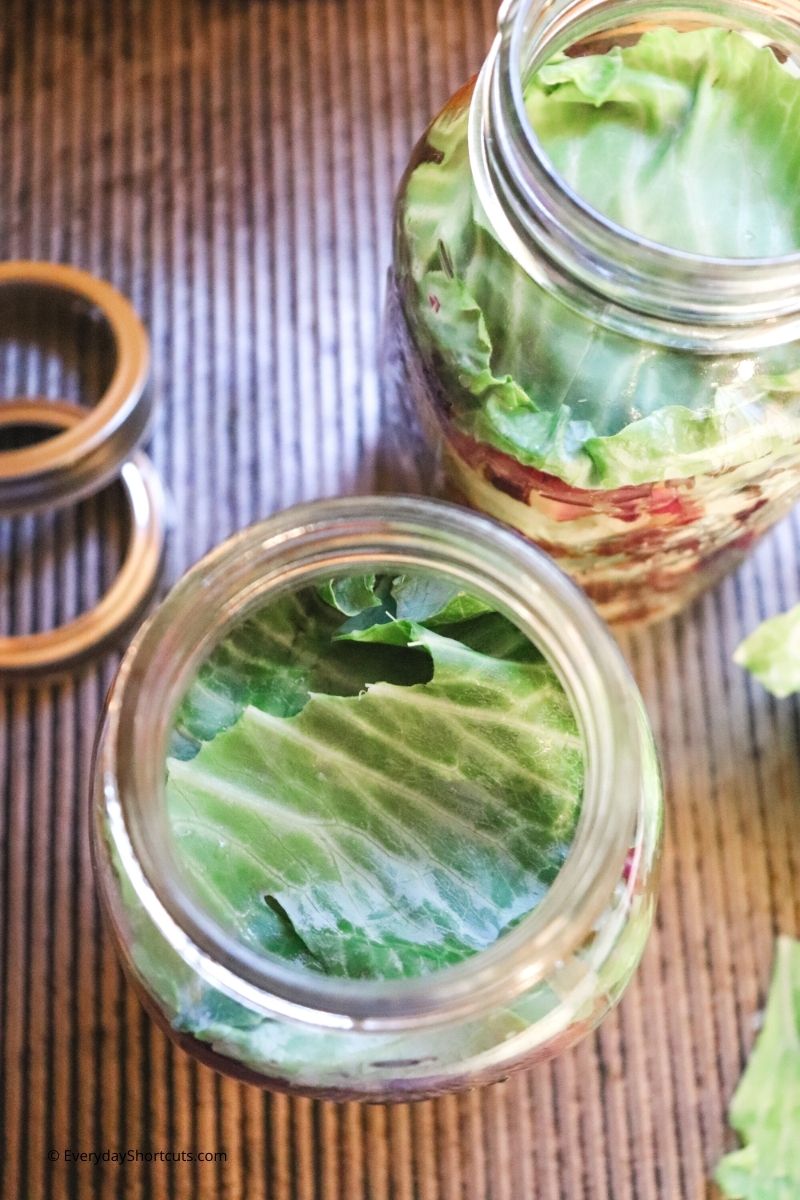
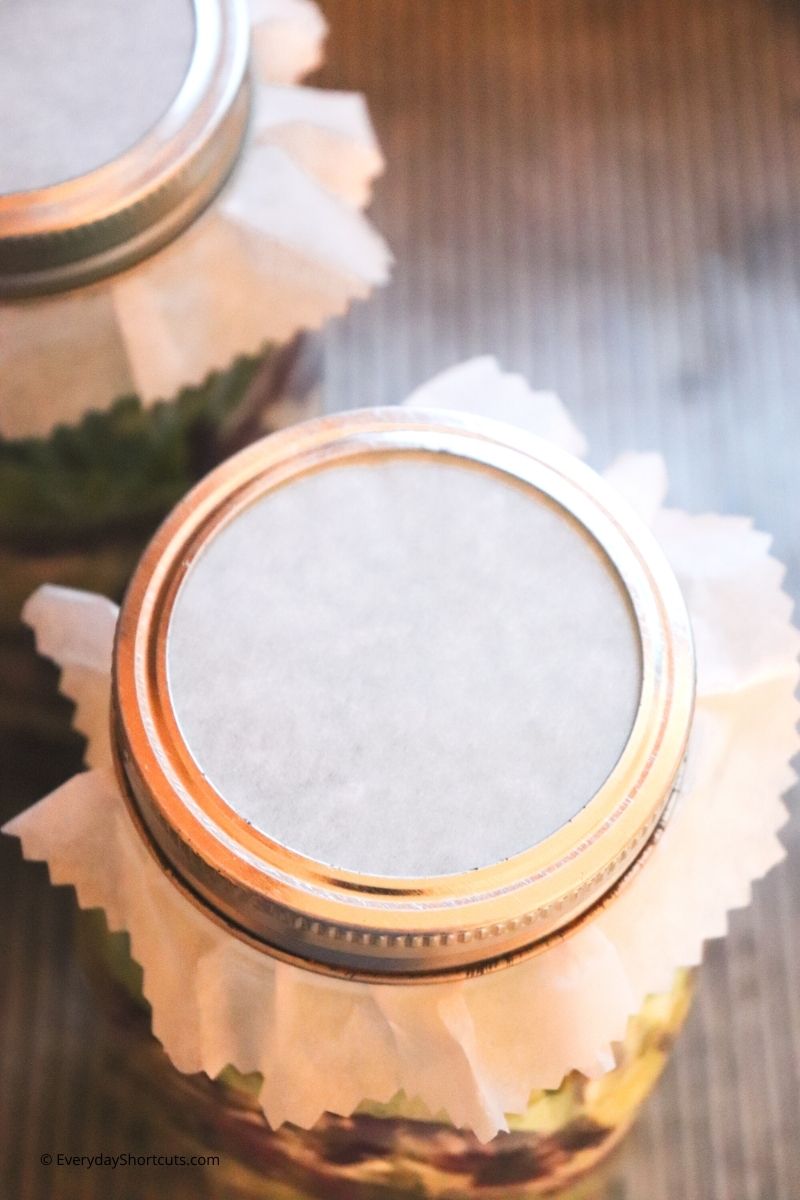
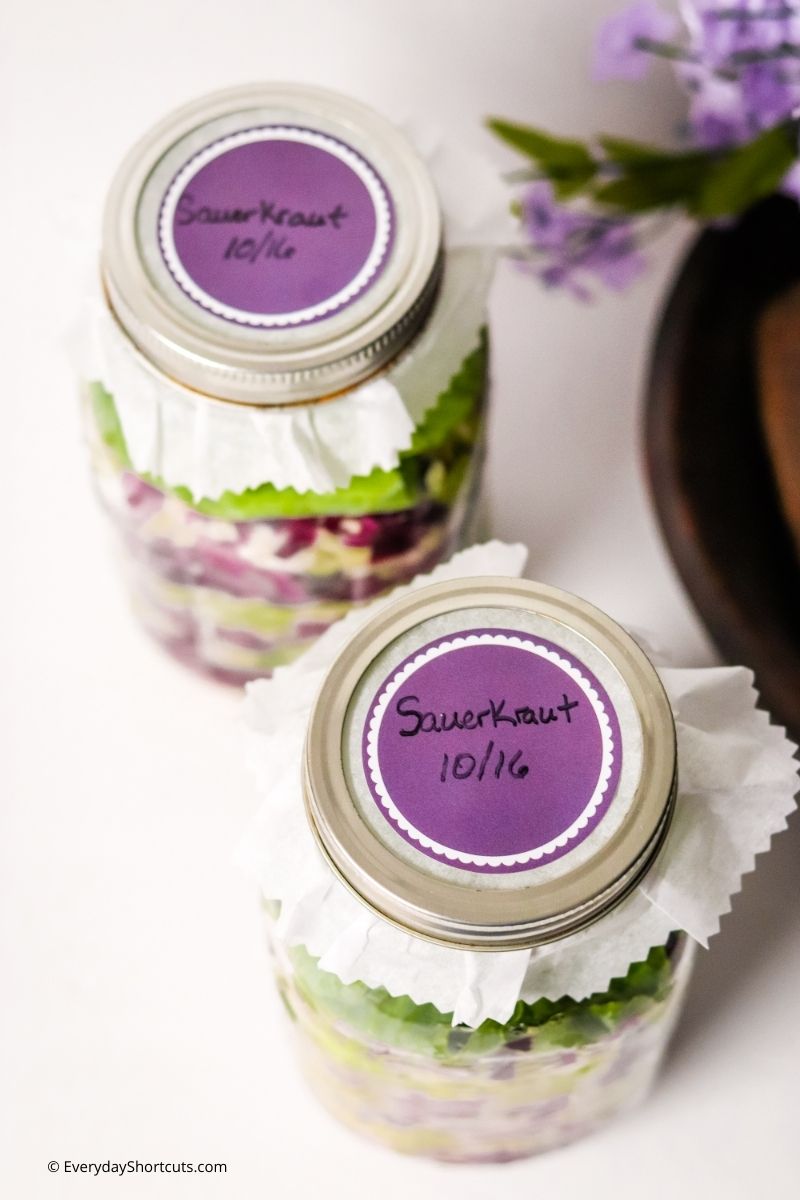
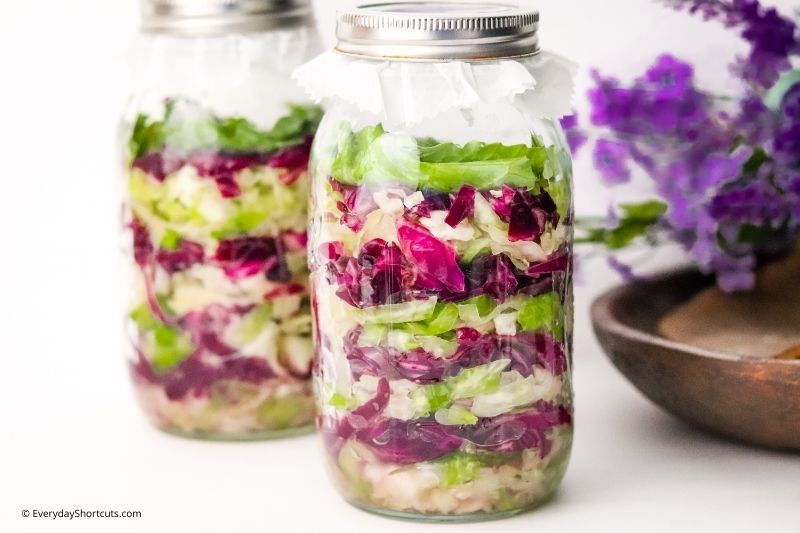
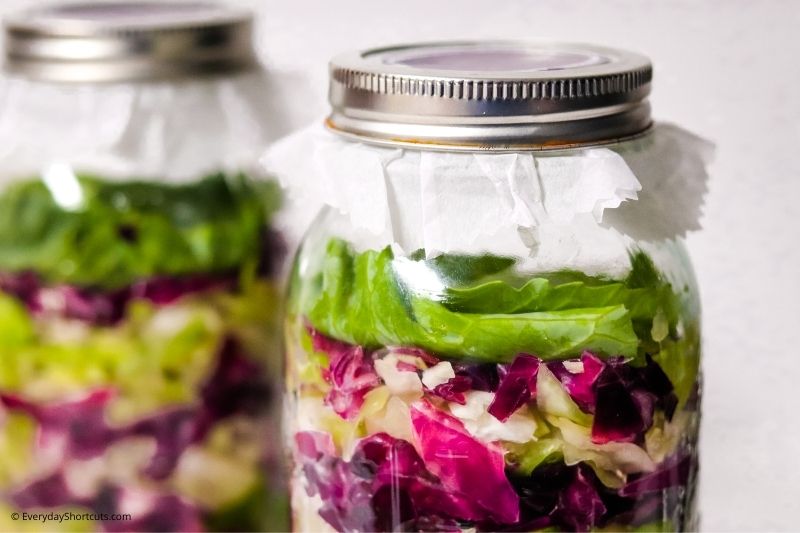

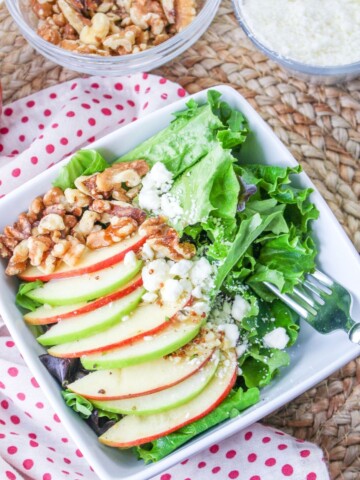

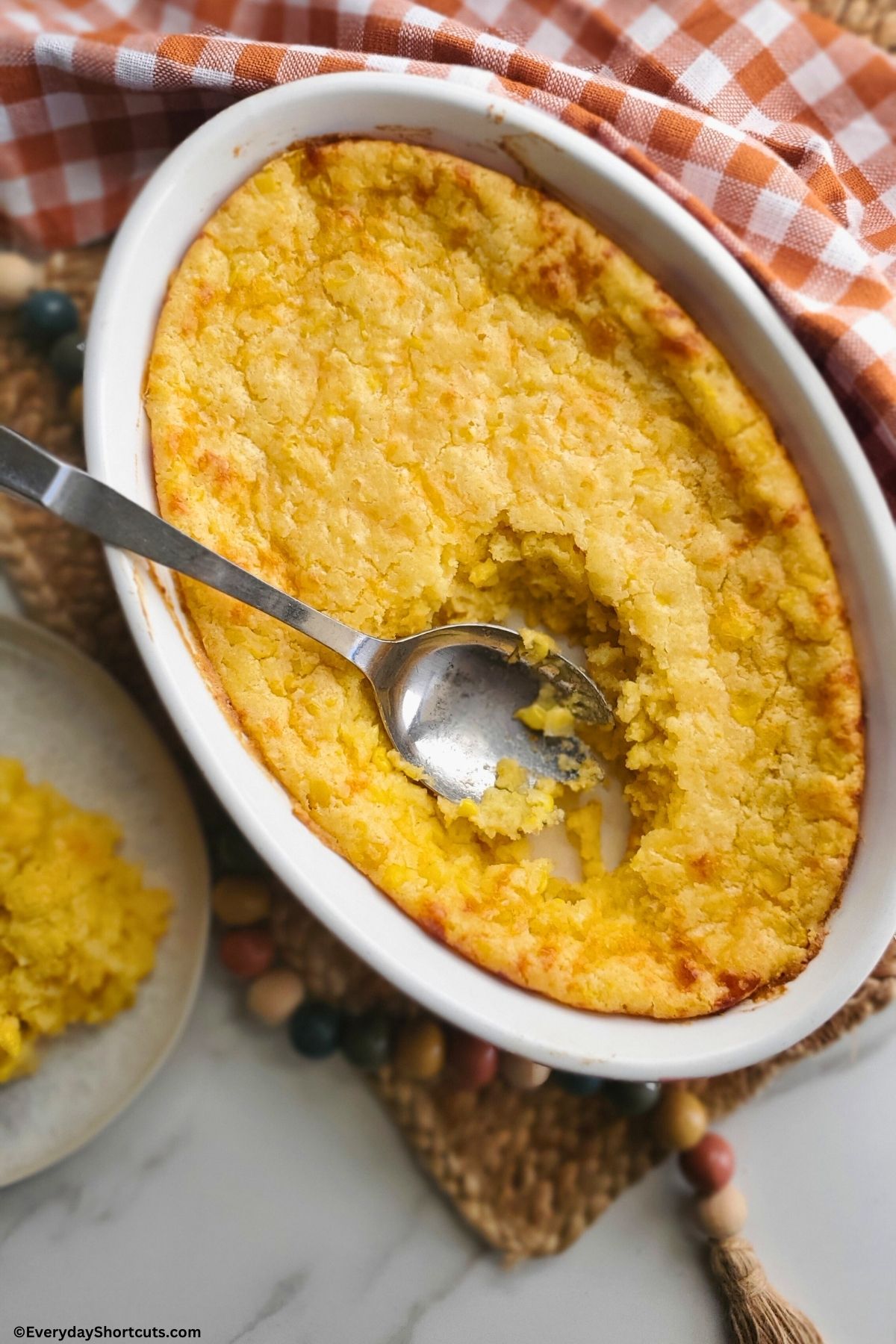

MaryKay D'Avello
What is the reason for using a separate bowl for the green and the red? I must have missed how long this stays on the counter. Is the parchment paper used to allow CO2 to escape? Thank you.